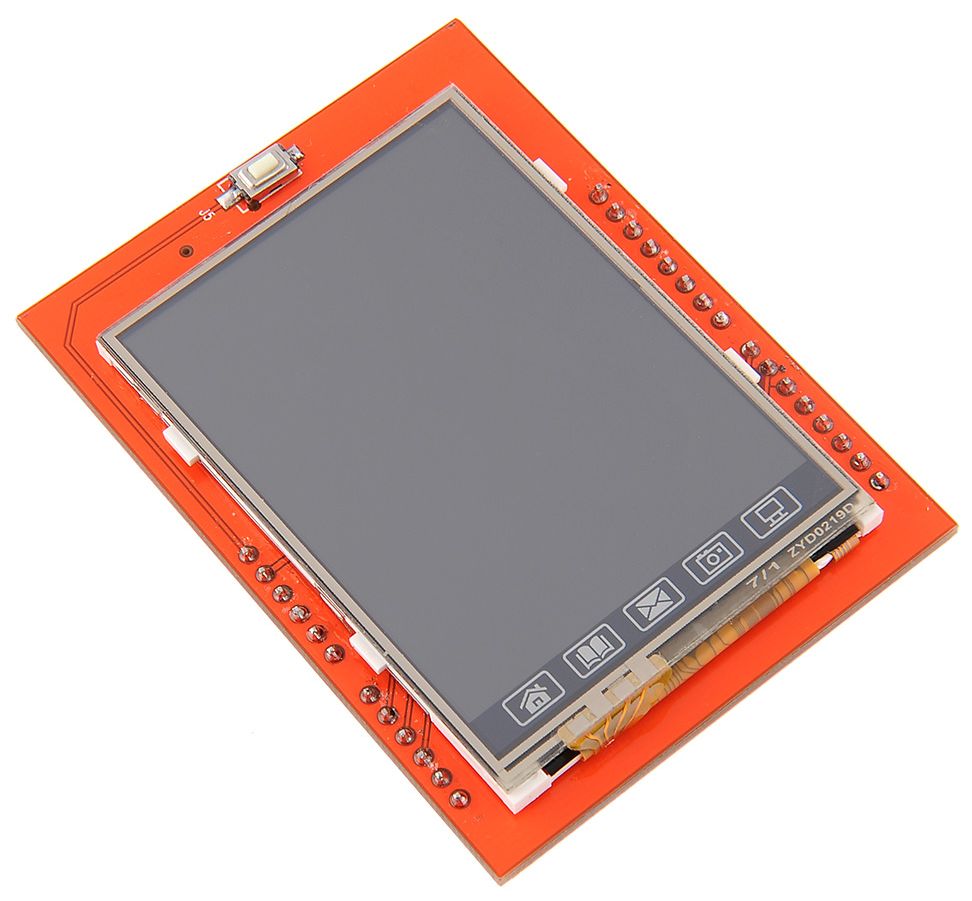
Each of these displays has a ZIF tail or easily solderable throughholes, so no fine pitch soldering is needed. Third, we want to recommend displays that are easy to connect to an Arduino. Use the calculator below to calculate the frame rate for a display using SPI with an Arduino. Using fewer bits-per-pixel or a display with fewer pixels will result in higher frame rates. 3.5 fps is fast enough for many applications, but is not particularly quick. Divide that by 8,000,000 (Arduino SPI speed of 8MHZ) = 0.288 seconds per frame or 3.5 frames per second. Such a display takes 230,400 bytes *(8 + 2) = 2,304,000 bits for a single frame. Take for example a 320x240 24-bit display. We typically recommend a display with a resolution of 320x240 or less for use with Arduino. Which brings us to the second factor in choosing an Arduino display: the number of pixels. We tend to recommend SPI over I2C for Arduino displays because SPI is quicker and better at handling more complex data transfer, like pulling image data from an SD card.


I2C is another choice of interface to leave GPIOs open.

Arduino camera lcd update#
Builders often ask themselves (or us) "which interface uses the fewest GPIO pins? AND is that interface fast enough to update the screen at an acceptable rate for my application?" When using the relatively small procesor of the Arduino, SPI is usually the best interface because it takes few wires (either 3 or 4) however it does limit the overall size (number of pixels) that can be quickly controlled. There are a few factors that make these LCD screens best for an Arduino.įirst is the interface. We've currated this list of LCD displays that will make any Arduino-based project shine. While in theory an Arduino can run any LCD, we believe that some LCDs are particularly suited to being an Arduino LCD display.


 0 kommentar(er)
0 kommentar(er)
